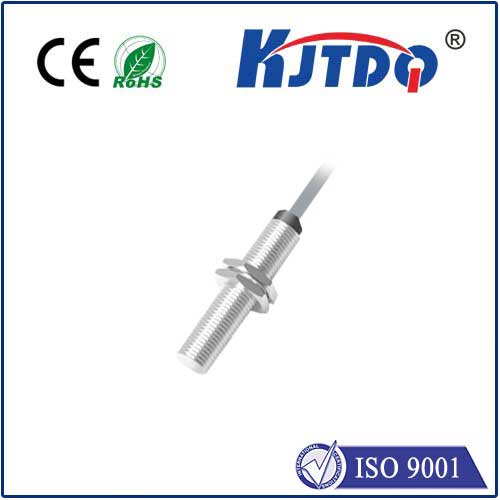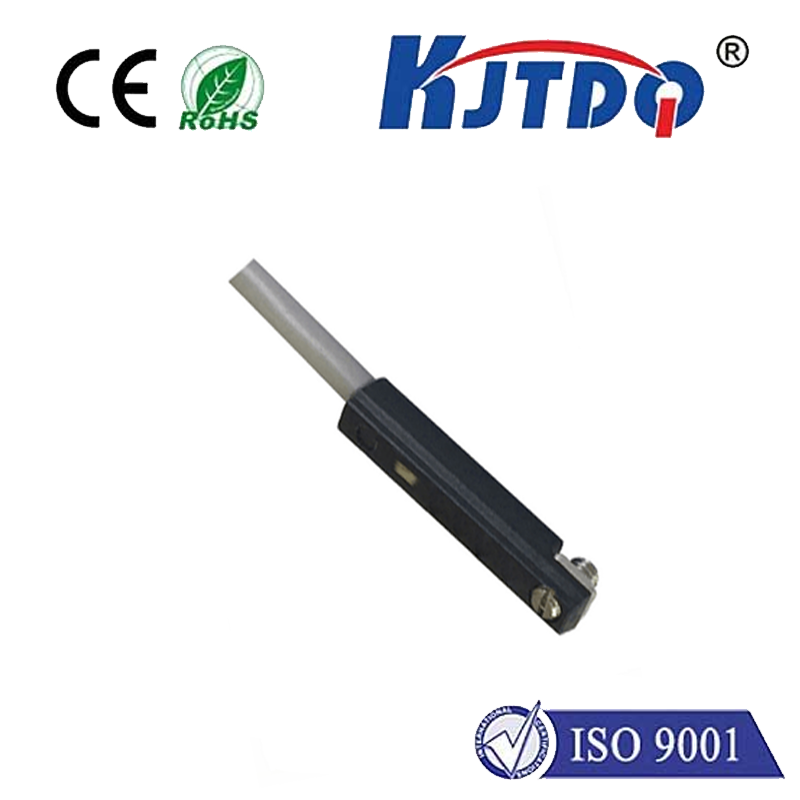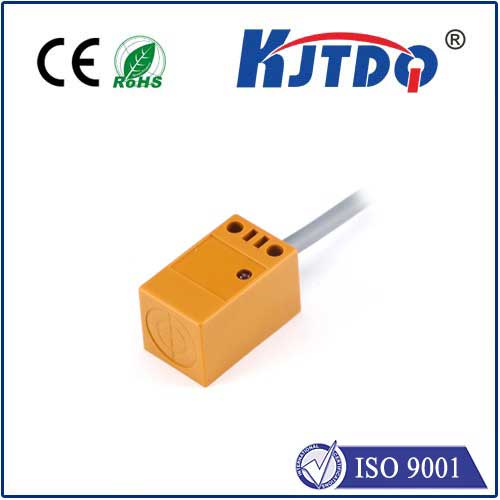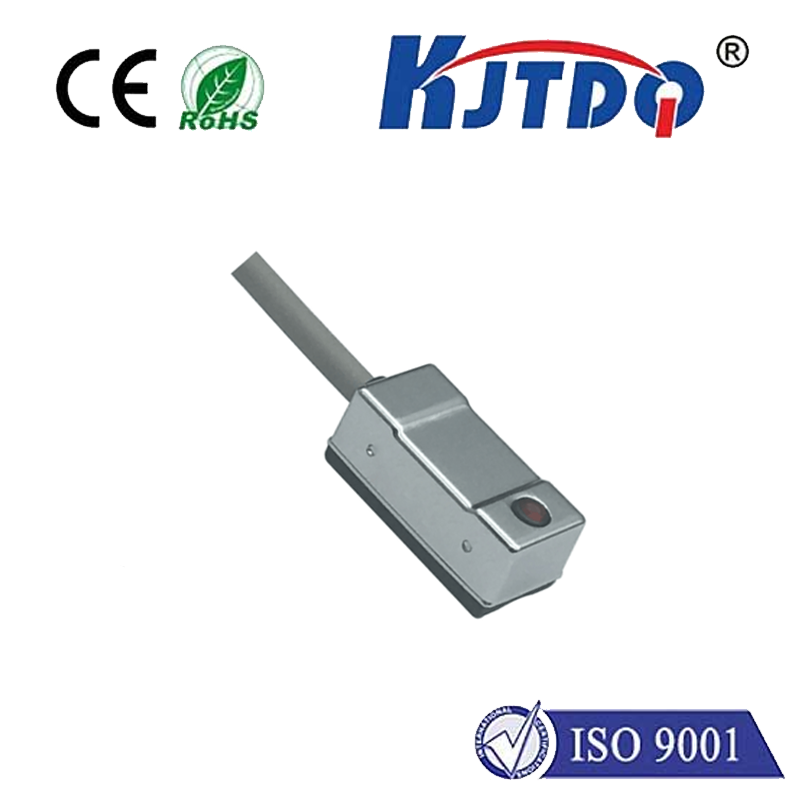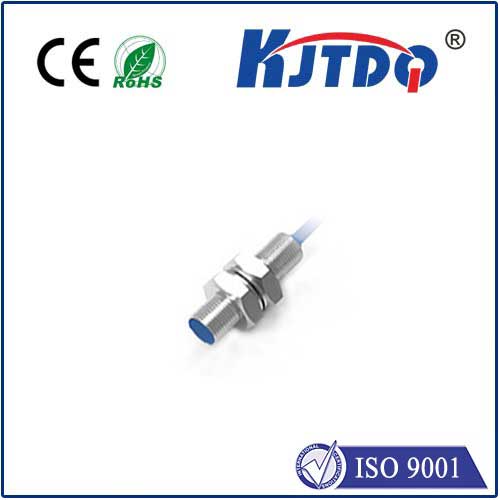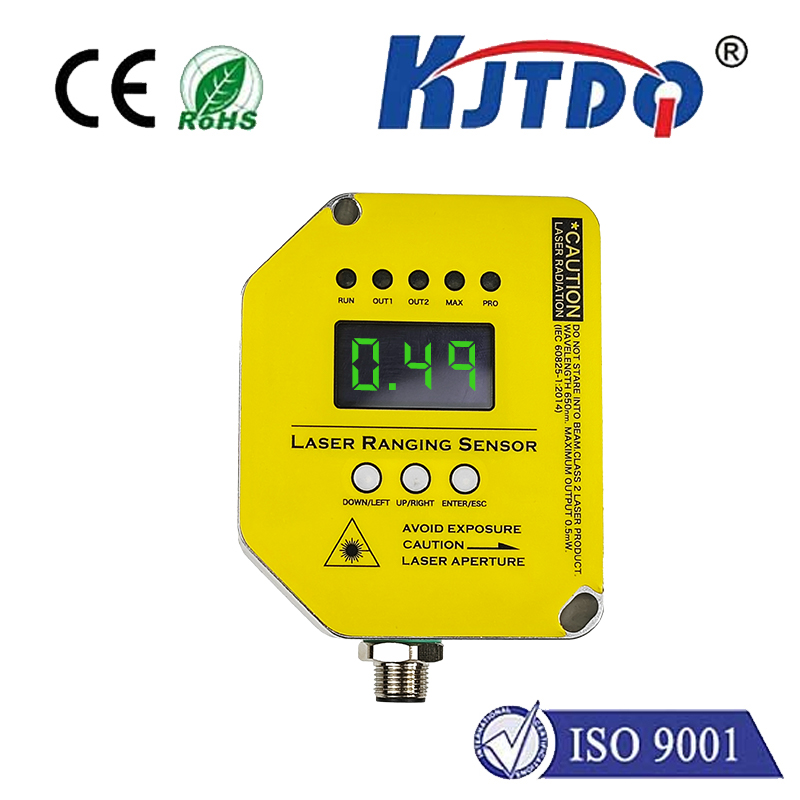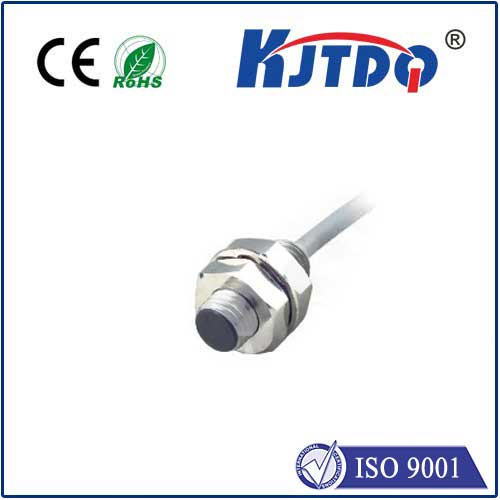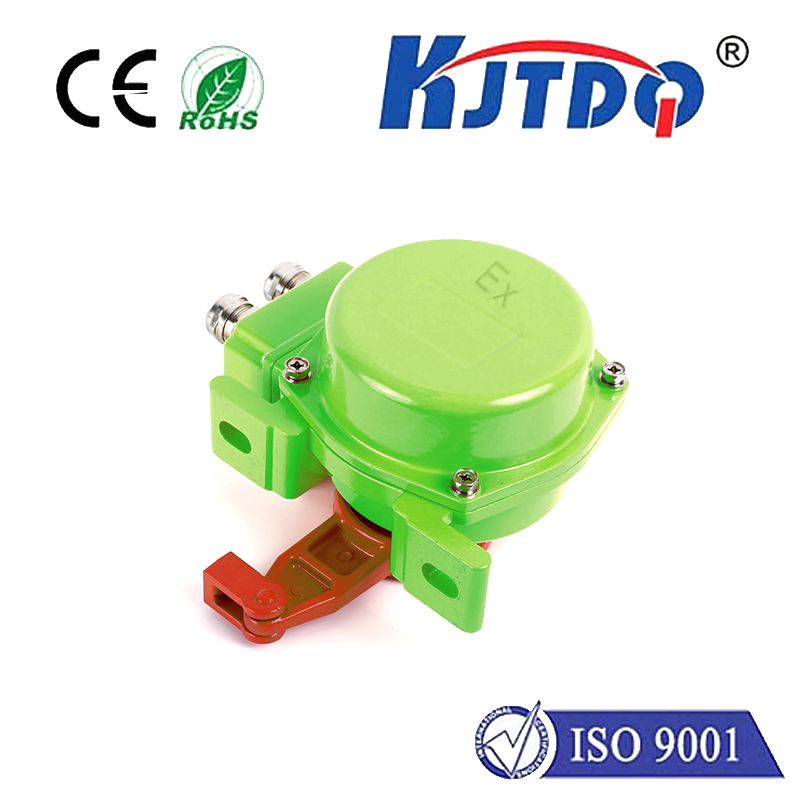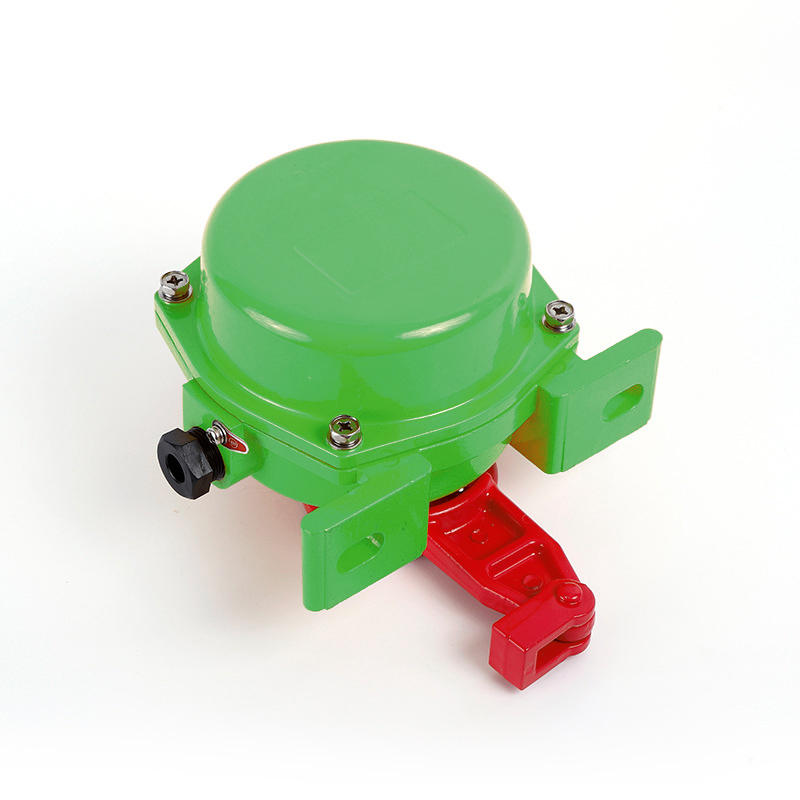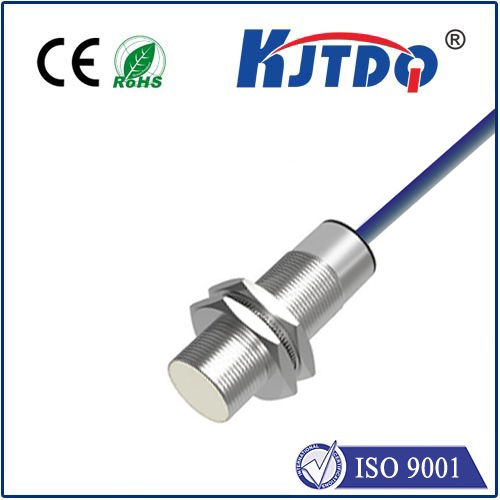fiber optic current sensor
- time:2025-08-13 14:01:27
- Click:0
Fiber Optic Current Sensors: Revolutionizing Power Measurement Through Light
Imagine trying to precisely measure the immense, pulsating currents flowing through a high-voltage power line during a storm. Traditional methods involving metal coils become hazardous, susceptible to magnetic interference, and potentially inaccurate under extreme conditions. This is where Fiber Optic Current Sensors (FOCS) emerge as a game-changing technology, harnessing the properties of light traveling through glass fibers to deliver unparalleled safety and precision in electrical current measurement.
Beyond the Coil: The Core Principle of FOCS
Unlike conventional current transformers (CTs) reliant on magnetic induction through copper windings, FOCS operates on an entirely different physical phenomenon: the Faraday Effect. Discovered by Michael Faraday in 1845, it describes how the plane of polarization of light rotates when it passes through a material exposed to a magnetic field. The angle of rotation is directly proportional to the strength of the magnetic field component parallel to the light’s direction.
In a FOCS:

- Light Source: A laser diode generates a stable beam of polarized light.
- Optical Fiber: This light travels through a specialized optical fiber loop encircling the current-carrying conductor. The magnetic field generated by the current in the conductor interacts with the light within this fiber.
- Faraday Effect: The magnetic field causes the polarization plane of the propagating light to rotate. The magnitude of this rotation is directly proportional to the strength of the current flowing through the conductor.
- Detection: The modulated light exits the fiber and passes through a polarizing beamsplitter or analyzer. This component converts the polarization rotation into measurable light intensity variations.
- Signal Processing: Sophisticated photodetectors and electronic processing units convert these light intensity changes into a highly accurate digital representation of the instantaneous current value.
Why FOCS? Unlocking Critical Advantages
The fundamental shift from magnetic induction to light propagation bestows FOCS with a constellation of compelling benefits:
- Galvanic Isolation: This is paramount. The optical fiber is made of dielectric material (glass). It provides complete electrical isolation between the high-voltage conductor being measured and the measurement electronics. This dramatically enhances safety for personnel and equipment, eliminating risks of electric shock or insulation breakdown associated with CTs.
- Immunity to Electromagnetic Interference (EMI): Optical fibers are inherently immune to EMI, radio frequency interference (RFI), and even lightning-induced surges. This ensures superior measurement accuracy and reliability in electromagnetically noisy environments like substations, near heavy machinery, or during fault conditions where conventional CTs can saturate or produce errors.
- Wide Dynamic Range & Linearity: FOCS offer an exceptionally wide measurement range, accurately capturing currents from a few amperes up to hundreds of kiloamperes without saturating. They exhibit excellent linearity across this entire range, meaning the output signal is directly proportional to the input current without distortion.
- Broad Bandwidth: The response time of FOCS is incredibly fast, limited primarily by the speed of light and the electronics. This enables them to accurately measure rapid current transients, harmonics (up to MHz range), and DC currents – capabilities often challenging for traditional CTs. This is crucial for power quality monitoring, fault analysis, and protection systems.
- Compact Size and Lightweight: Eliminating heavy iron cores and bulky insulation allows FOCS to be significantly smaller and lighter than equivalent conventional CTs. This simplifies installation, especially in space-constrained retrofits or offshore applications.
- Reduced Hysteresis and Aging: Unlike ferromagnetic cores in CTs, optical fibers don’t suffer from magnetic hysteresis or long-term aging effects, contributing to superior long-term stability and measurement consistency.
Where Light Makes the Difference: Key Applications
The unique advantages of FOCS make them ideally suited for demanding applications:
- High-Voltage Transmission & Distribution: Monitoring currents in substations (GIS/AIS switchgear), overhead lines, and HVDC links, where safety, accuracy, and EMI immunity are critical. Their small size is a major asset in gas-insulated switchgear (GIS).
- Renewable Energy Integration: Precise measurement in wind turbines (generator currents), solar farms (inverter outputs), and associated substations, often subject to harsh environmental conditions and electrical noise.
- Rail Traction Systems: Monitoring high currents in catenaries and feeding lines for efficient energy management and protection, benefiting from EMI immunity near rails.
- Industrial High-Power Applications: Foundries, large motor drives, electric arc furnaces, and semiconductor manufacturing – environments with intense magnetic fields and high currents where traditional sensors struggle.
- Protection Relaying: Providing fast, accurate, and non-saturating current signals for critical protection schemes in power networks.
- Power Quality Analysis: Capturing rapid transients and harmonics due to the wide bandwidth and linearity.
- DC Current Measurement: Particularly valuable for HVDC systems and battery monitoring, where conventional CTs are ineffective.
FOCS vs. Traditional CTs: A Clear Comparison
| Feature |
Fiber Optic Current Sensor (FOCS) |
Conventional Current Transformer (CT) |
| Principle |
Faraday Effect (Light Polarization) |
Magnetic Induction (Faraday’s Law) |
| Isolation |
Complete Galvanic Isolation (Dielectric) |
Requires complex insulation for HV |
| EMI Immunity |
Highly Immune |
Susceptible to interference |
| Bandwidth |
Wide (DC to MHz) |
Limited (Typically < kHz), Saturates Easily |
| Dynamic Range |
Very Wide (mA to MA) |
Narrower per core design, Saturates |
| Linearity |
Excellent |
Good within range, degrades near saturation |
| Size/Weight |
Compact & Lightweight |
Bulky & Heavy (Iron Core) |
| DC Current |
Accurate Measurement |
Cannot Measure DC |
| Safety |
Inherently Safer (No HV Connection) |
Requires careful HV insulation |
| Long-Term Stability |
High (No Core Aging) |
Moderate (Core Hysteresis Possible) |
The Future is Bright: Continuous Evolution
FOCS technology continues to advance. Research focuses on enhancing performance characteristics like temperature stability and vibration sensitivity, reducing costs through integrated optics and simpler configurations, and developing miniaturized sensors for novel applications. The drive for smarter grids, increased renewable integration, and the need for more resilient and precise monitoring ensures that Fiber Optic Current Sensors will play an increasingly vital role in the future of electrical power systems worldwide. By replacing electrons with photons for sensing, FOCS illuminate the path towards safer, more reliable, and higher-performing electrical infrastructure.












